Eliud Kipchoge’s quick and simple (but tough) core workout
Incorporate these core exercises endorsed by the world's fastest marathoner into your weekly training schedule
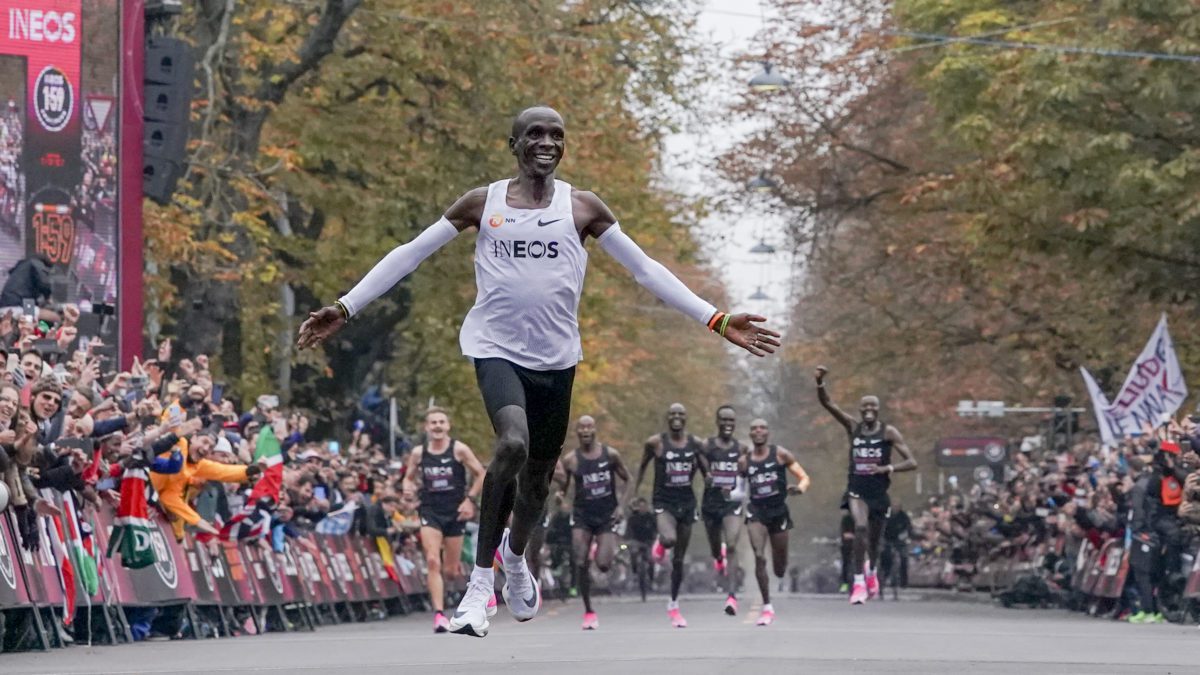 Photo by:
Bob Martin for The INEOS 1:59 Challenge
Photo by:
Bob Martin for The INEOS 1:59 Challenge
Want to run a sub-two-hour marathon? Sorry to break the news to you, but you probably won’t accomplish that (emphasis on “probably” — we don’t want to discourage any future marathon champions). Even though you may never be able to run as fast as Eliud Kipchoge, you can still train like him. Below is the marathon world record-holder’s core routine, and while it’s not easy by any means, it involves exercises that anyone — from Olympic champions to new runners — can do. A strong core will help your running form, which in turn will make you a more efficient and faster runner, and this routine can help you shave time off your next marathon, just as it has done for Kipchoge.
YouTuber James Dunne made a video that outlines Kipchoge’s core exercises one by one, which he originally saw in an NN Running Team video on strength training. The NN Running post is less than a minute long, and it just shows snippets of the team’s workout. Dunne has picked out the exercises shown and focused on each one to help viewers through the NN Running routine.
RELATED: What runners can learn from Kipchoge’s slowest 10K in years
Single-leg bridge (3 x 20 each leg)
First up is the single-leg bridge, which can help strengthen your hips and activate your glutes. With one leg bent and the other held straight out, engage your glutes and lift the outstretched leg. Continue for 20 reps, driving the straight leg up and smoothly lowering it before repeating the motion. Dunne notes that you shouldn’t feel tension in your lower back during this exercise, and if you do, lift yourself up a little lower than before. Keep your core engaged throughout to ensure your torso remains straight and flat.
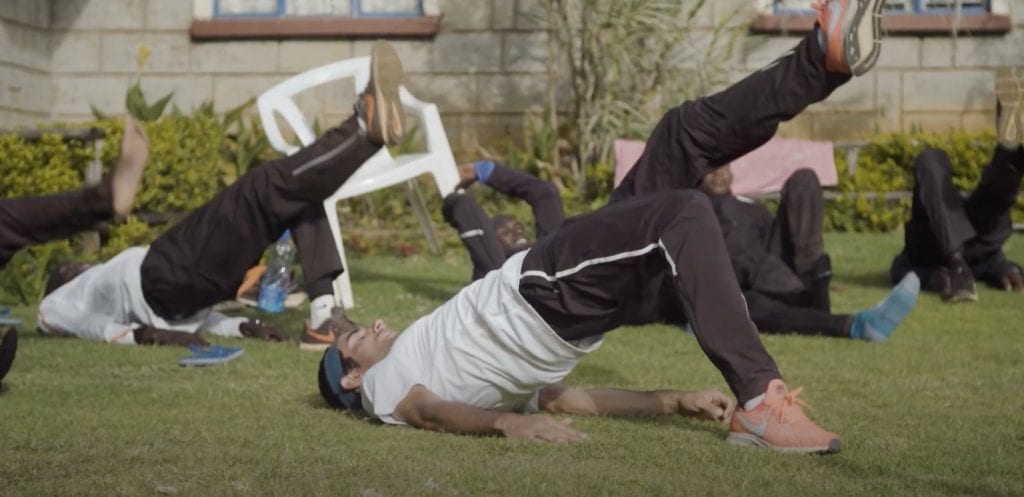
Glute kickbacks (3 x 20 each leg)
Like the single-leg bridge, this exercise will also activate your glutes. Kneeling on the floor, place your arms shoulder-width apart and hold yourself up as if in an upright plank position. One leg at a time, drive your heel backward and up, keeping the leg bent as you do so. Be sure to engage your glutes so the leg flows in a straight line as it swings back and forth.
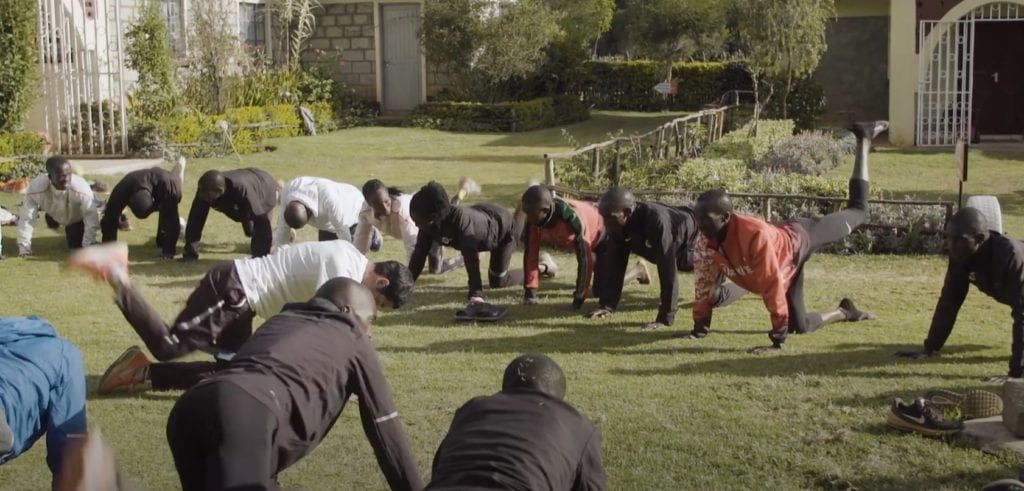
RELATED: The 5-minute core routine for injury prevention
Dead bugs (3 x 60 seconds)
Lying on the ground with your arms pointing straight into the air and your legs bent at a 90-degree angle, lower and straighten one leg until it is fully extended. At the same time, lower the opposite arm until it is in line with the rest of your body. Focus on keeping your lower back flat and pressed to the ground throughout this exercise, alternating fluidly between sides. Instead of a prescribed number of reps, Dunne recommends repeating this movement for one minute before resting.
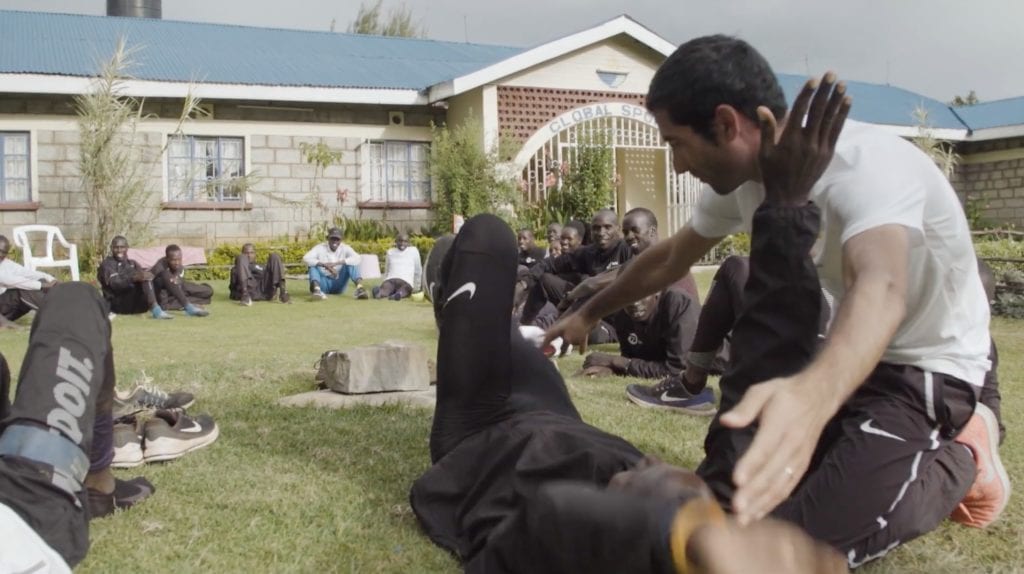
Fire hydrants (3 x 20 each leg)
For this exercise, Dunne and the NN team use resistance bands, which they wrap around their knees. You can use a band, too, but it’s not required. Like the glute kickbacks, start by resting on your knees and hands. Next, like a dog that’s about to mark its territory (hence the “fire hydrants” title), lift your leg up and out to the side. Engage your core and be sure to keep it stable throughout.
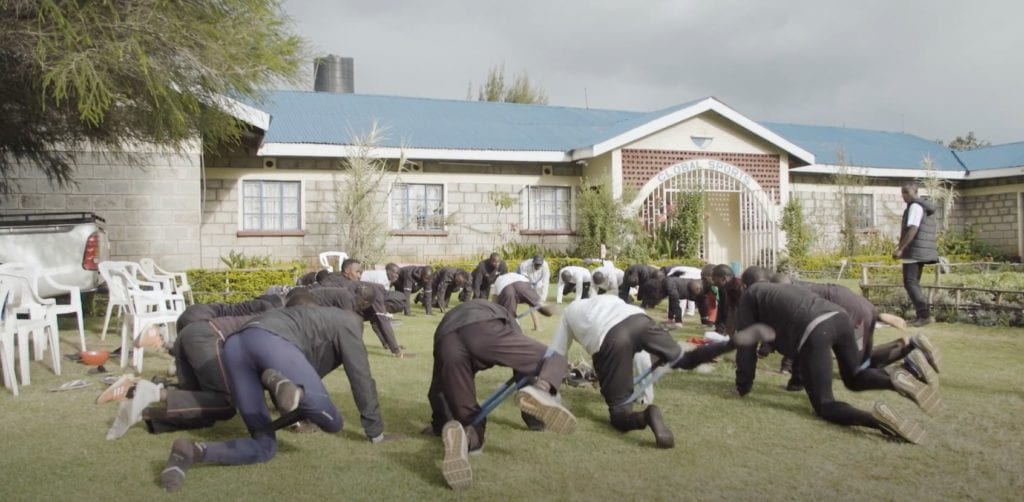
RELATED: Colleen Quigley’s five minute core workout
Oblique presses (3 x 20 each leg)
Similar to the dead bug, start by lying on your back with your legs bent at a 90-degree angle. Instead of pointing your arms to the sky, one at a time, press your hand into the opposite knee. As you do this, extend your other leg out until it is outstretched straight and in line with your torso. Bring your leg back to 90 degrees, place your other hand on that knee and repeat with the other leg.
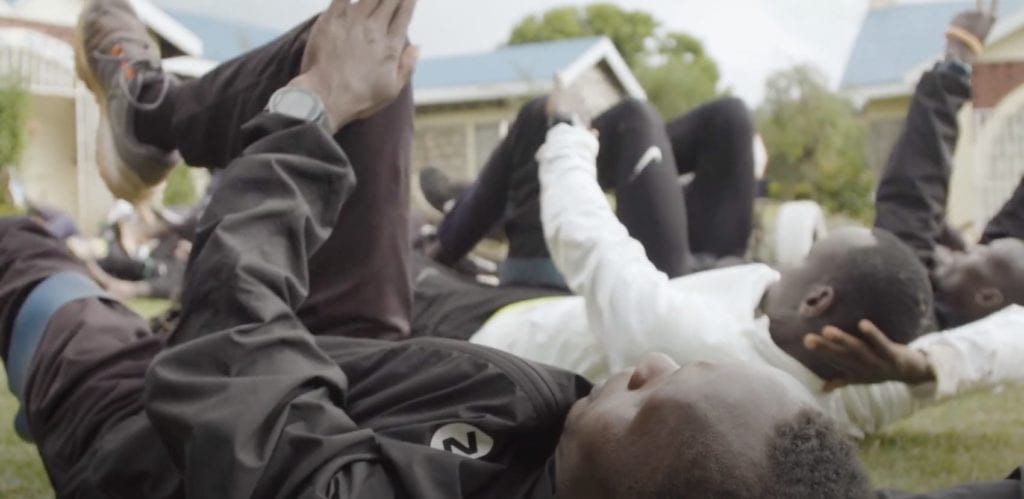
Plank (3 x 60 seconds)
No core routine would be complete without a plank, and that is exactly how Kipchoge and the NN team finish their workouts. Be sure to keep your body flat with your arms resting beneath your shoulders. Dunne notes that form is more important than holding the plank for a long time, so don’t sacrifice proper positioning in order to last a full minute. He recommends holding a one-minute plank three times, but if you can only maintain proper form for 30 seconds, do that and take a break.
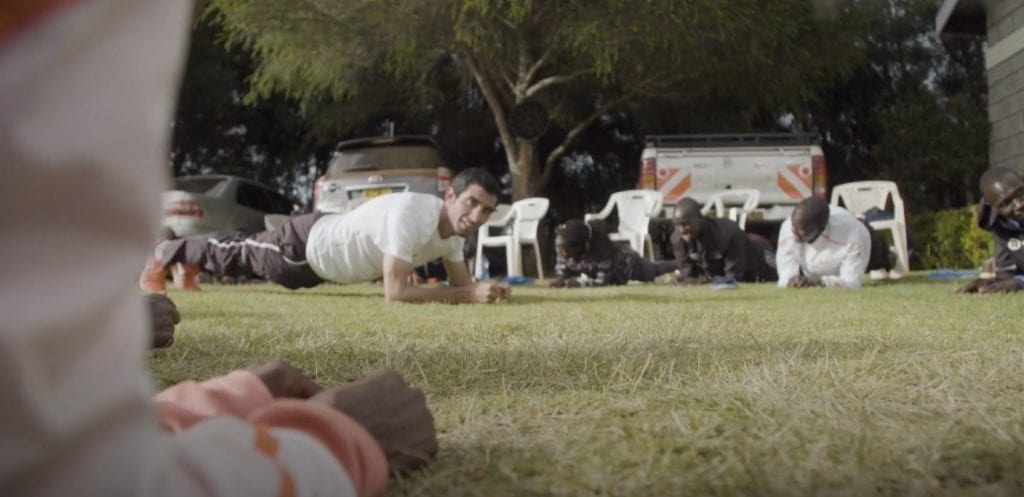
The NN video says the team completes this routine two to three times a week. It’s not that long (maybe 20 minutes at most), so you can certainly find time to work it into your weekly schedule.


